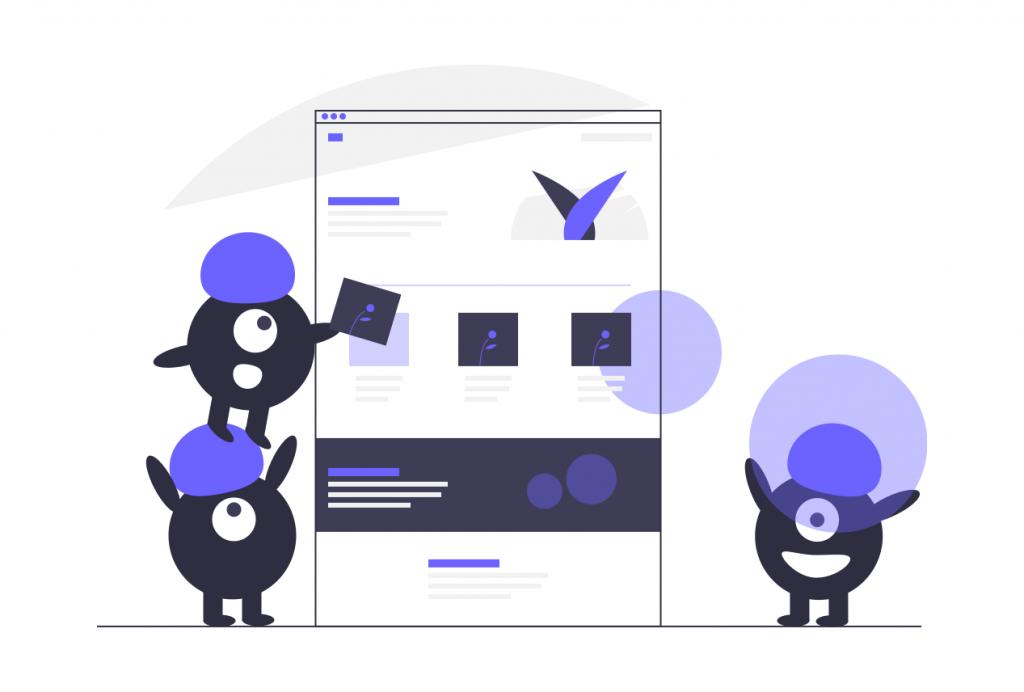Achieving product success through User Testing

One key factor that attributes to an unsuccessful product is choosing to forego User Testing. You need to understand that your product is designed for the users and not for you. Therefore, it is unlikely that You, the project manager or the developers, are the users.
User Testing helps you circumnavigate the daunting challenge that comes with being a User Experience Designer of having to master the balance between satisfying stakeholder and business requirements while still guaranteeing an excellent user experience to all your product users.
Why you should carry out User Testing
There is no easy answer to the question of why you should carry out user testing. A study done by Microsoft shows that the average human attention span only lasts for about 8 seconds. In support of this, an article done by Nielsen Norman Group shows that the choice made by a user to stay or leave your website is done so within the first 10 seconds. From the highlighted studies, it is essential to note that your users will have about 10 seconds to decide whether or not to buy your product. In the case that the product does not appeal to them, do not expect them to come back.
Additionally, it might be pointless to roll out changes as, by the time you do this, your potential user will have changed their preference to another product. The primary goal of user testing is to ensure that you capture features and issues customers want to be addressed in the product, prior to its release.

When to carry out user testing
- Where User testing falls in the product development cycle
I do believe that user testing should be done throughout the entire design process. This is to ensure that the focus remains on the user without the need for backtracking. Through rapid prototyping, I have managed to carry out user testing even when the product is in the drawing phase (Pen and Paper sketch).
However, I strongly advise you to carry out your user testing before the development of the product begins. In my experience, during the UX process, I ensure that the client, project manager and scrum master account for this part by building user testing into the level and sprint of effort. In the case that any issue regarding usability arises, I continue iterating the design until all concerns have been satisfied. Only then, can the product be handed to the development team
- No budget to carry out user testing?
While user testing is a costly affair, its Return on Investment is very handsome, and you can confirm this from countless available studies. For example, a report done by Usertesting.com shows how Nordstrom Rack managed to save up to $90k per day by changing the way users would add items on the cart after discovering a usability issue with this aspect during user testing. This is one example that shows you how successful a website can be after carrying out user testing.
Through technology, recent days have seen a spike in the number of user testing platforms available in the market that come with different price tags in helping you automate user testing into your process. However, if you cannot get a budget to use the commercial tools, revert to manual user testing. It will take a lot of time and involve numerous analysis, but you can simplify everything by recruiting a researcher and/or notetaker for this part.
The following are two simple ways you can carry out user testing without the need for pricey recruiters or expensive software
First option: Manual User testing
One of the fastest and cheapest ways to carry out user testing is internally at your place of business or work. If you choose this option, you will need to be wary of internal people who might harbour unconscious biases. For example, a company I work for focuses on the development of a certain type of technology and almost everyone involved with it has a bias towards the product. Therefore, testing with such people might not be a good idea. However, you can involve personnel from other non-related departments such as Finance and HR departments to test the product as they might harbour little or no bias to the product. This is because they are disconnected from the development team and what they do. You can incentivize this process by offering doughnuts or coffee in exchange for a quick user test, which is a very cheap method.
For context, in my previous workplace, I had the opportunity of having access to the company’s financial advisors, who also doubled up as actual users of the product. During user testing, I would ensure I sit in the kitchen with some cookies, which acted as a source of motivation for the financial advisors to test the product. Even with such a simple method, I uncovered significant bits of information that I could implement in the product. All thanks to User testing.
Second Option: Recruiting own Users
When working with a recruiter, your target is often in specific users to use for the testing but comes at a cost. However, you can get close to your target users by looking in common places, a technique called guerrilla testing.
For example, when designing a fitness application and requires users for testing, your option will be individuals who workout regularly. Such users can be found in such establishments as the nearest boxing club, yoga studio or the gym. You might want to include an incentive for much better results, however, if you explain that you are looking to better their experience, you might find that they are excited to see and learn what you have done.
Social media is another crucial avenue that one can use to recruit users. For example, on Facebook, there are groups for everything. If you target a demographic group of pet owners, you will find several of these here. You can recruit users from these groups and carry out user testing through video calls.
Finally, do not be afraid to reach out to your inner circles for users to test your product. A while back when I was designing a language learning application, I reached out to my god friends who were looking to learn a new language. I used this opportunity to my advantage, tested with them and discovered a ton of features I had not previously thought off.
The implementation of User testing into your product development process is crucial in eliminating any arbitrary feedback. Mitigating the challenges involved with the management of user and stakeholder wants and needs can be done by presenting results acquired from User Testing. You will not only save resources, money and time but will also establish a sense of trust and loyalty with your users, rendering your product a success.



